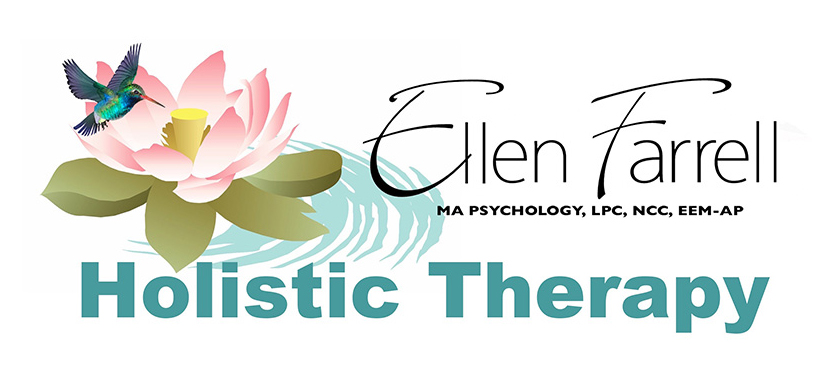Learning to Love – Power to the Seeds
Early Sunday morning, January 7th 2018, 3 poems kept me awake in their persistence to be born. Meditate on this one, if you please, as we all must continually remember – & choose, to be Learning to Love…
Posted on Facebook page: Core Star Matrix Healing & other books – by Ellen Farrell
POWER TO THE SEEDS
Words flow at me –
so many options,
like exotic concoctions,
some fully cocked, some half–
or is it half-baked?
Isn’t this all a crock?
Who decided what is a weed?
Or what’s a good breed,
and who’s a bad seed?
Why can’t I grow on my land,
what I hold in my hand?
Who owns the trees – the bees?
For millennia, we farmed Nature’s seeds.
Who said you monsters of greed
can do as you please – but not we?
I just want peace,
to be free, to breathe;
to stand with the flowers,
lemon yellows, pinks, and greens.
In the sunshine – to swim in sweet waters,
and deep blue streams.
I dance in my dreams with my beloveds,
from ancestors to those yet to be.
Arm in arm are we…
and all I feel is this endless love,
which is the seed
they planted in me.
By Ellen Farrell, New York, NY, Copyright 2018





